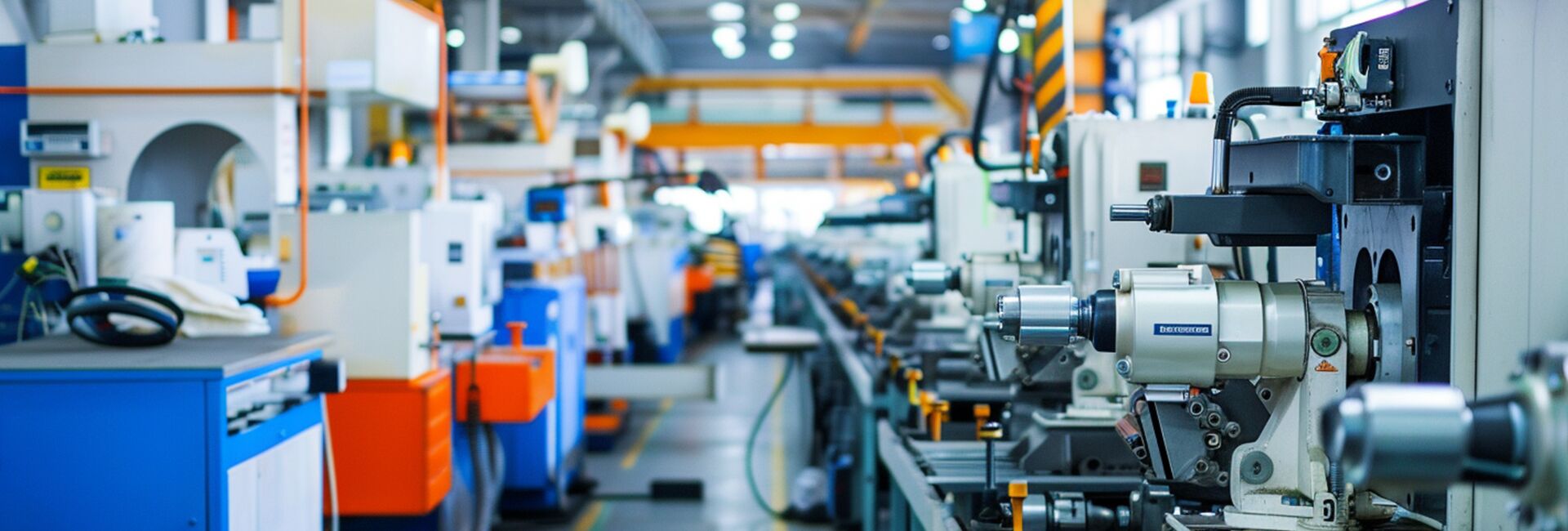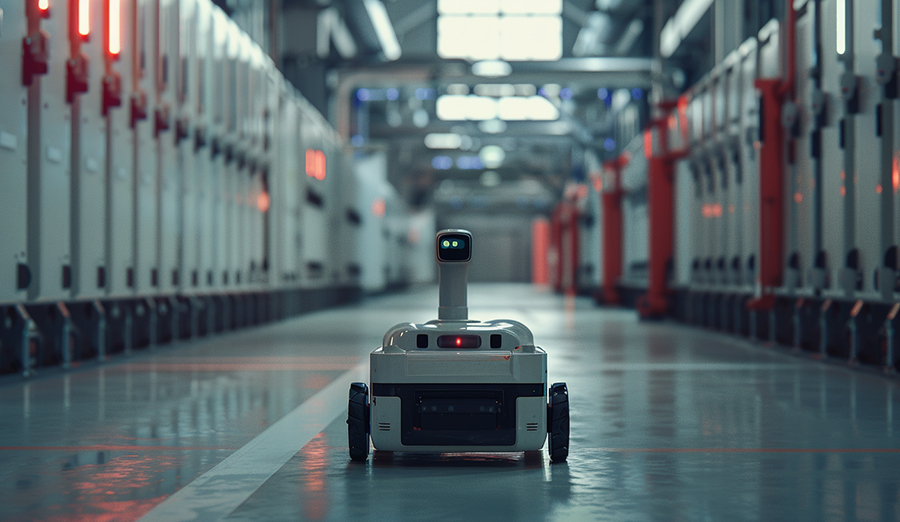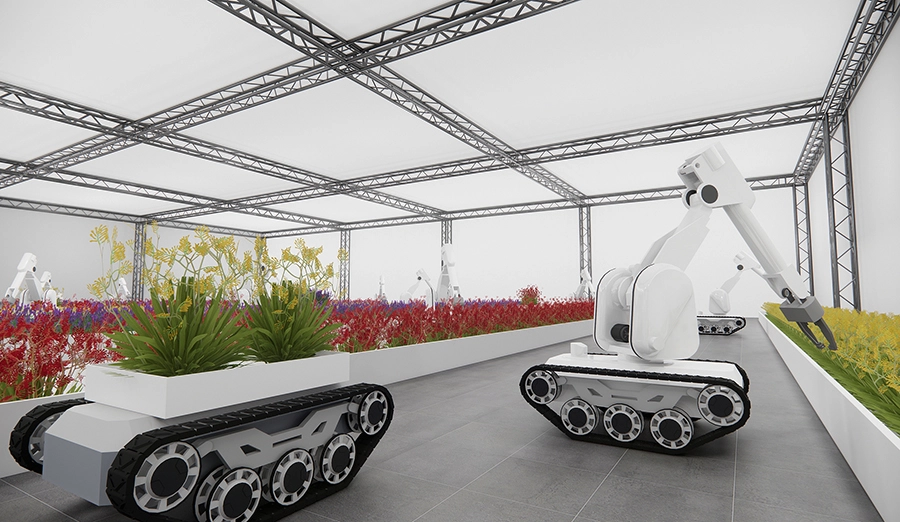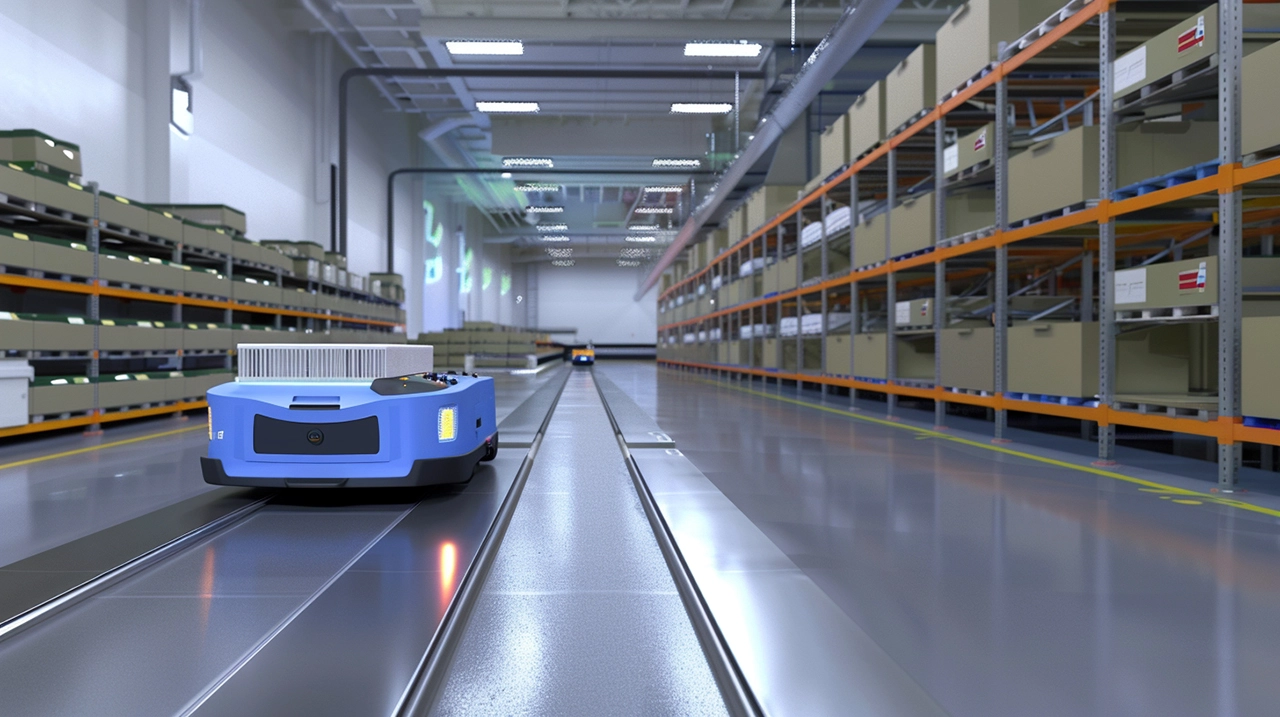
WIRELESS CHARGING IN THE NEWS
With the continuous improvement of industrial automation and intelligence levels, cage hoists, as important equipment in fields such as mining and construction, have received increasing attention for their operational efficiency and safety. The traditional power supply methods for cage hoists mostly adopt wired connection or battery power supply, but there are many problems, such as cable wear, safety hazards, and high maintenance costs. Magnetic resonance wireless charging technology, as an emerging energy transmission method, provides a brand-new solution for the power supply of cage hoists.
First of all, the basic principle of magnetic resonance wireless charging technology is to achieve efficient energy transmission between the transmitting end and the receiving end by using electromagnetic fields. This technology generates an alternating magnetic field through the transmitting coil, and the receiving coil induces a current under the action of the magnetic field, thereby achieving wireless transmission of electrical energy. Compared with the traditional electromagnetic induction wireless charging technology, the magnetic resonance wireless charging technology has the advantages of long transmission distance, high efficiency and low location requirements, and is very suitable for application in equipment such as cage hoists that need to be moved frequently and have a complex power supply environment.
To apply magnetic resonance wireless charging technology in the cage elevator, it is necessary to design a complete wireless charging system first. This system consists of two parts: the transmitting end and the receiving end. The transmitting end is usually installed at a fixed position of the hoist, such as at the wellhead or beside the track, while the receiving end is integrated into the cage. The transmitting end generates an alternating current through a high-frequency power supply, which drives the transmitting coil to produce a magnetic field. The coil at the receiving end induces current under the action of the magnetic field. After rectification and voltage stabilization processing, it supplies power to the motor, control system, sensors and other equipment of the cage hoist.
To ensure the stability and safety of the system, the application of magnetic resonance wireless charging technology in cage elevators needs to address the following key issues. The first is the optimization of energy transmission efficiency. As the cage hoist is constantly moving during operation, the distance and relative position between the transmitting end and the receiving end will also change. Therefore, it is necessary to optimize the coil design, adjust the working frequency and introduce intelligent control algorithms to ensure efficient energy transmission at different positions and distances. Secondly, there are issues of electromagnetic compatibility and safety. Magnetic resonance wireless charging technology generates a strong electromagnetic field during operation, which may cause interference to surrounding equipment and the environment. Therefore, shielding measures need to be taken in the system design and comply with relevant electromagnetic compatibility standards. In addition, the overheat protection and fault detection functions of the system also need to be considered to ensure the safe operation of the equipment.
In practical applications, magnetic resonance wireless charging technology can bring multiple advantages to cage elevators. First of all, it has improved the operational efficiency and reliability of the equipment. The traditional cable power supply method is prone to equipment shutdown due to cable wear or breakage, while wireless charging technology does not require physical connection, reducing the number of failure points and improving the operational stability of the equipment. Secondly, it has reduced the maintenance cost. The wireless charging system does not require frequent replacement of cables or batteries, reducing the maintenance workload and also lowering the safety hazards caused by cable aging or battery damage. In addition, wireless charging technology has also enhanced the flexibility of the cage elevator. As it does not rely on a fixed power supply point, the cage hoist can work in a wider area and adapt to different operation requirements.
However, the application of magnetic resonance wireless charging technology in cage elevators also faces some challenges. The first issue is the technical cost. At present, the equipment cost of magnetic resonance wireless charging technology is relatively high, especially in high-power application scenarios, where the initial investment is large. Therefore, it is necessary to gradually reduce the cost during the process of technology promotion to make it more economical. The second is the issue of technological maturity. Although magnetic resonance wireless charging technology has made remarkable progress in laboratories and small-scale applications, its stability and reliability still need to be further verified in large-scale industrial applications.
Magnetic resonance wireless charging technology provides an innovative and efficient solution for the power supply of cage elevators. By optimizing the system design, solving key technical problems, and combining with actual application requirements, this technology is expected to play an important role in the field of cage hoists, promoting the intelligent and efficient development of industrial equipment. In the future, with the continuous advancement of technology and the gradual reduction of costs, magnetic resonance wireless charging technology will be widely applied in more industrial scenarios, bringing revolutionary changes to the power supply methods of equipment.







